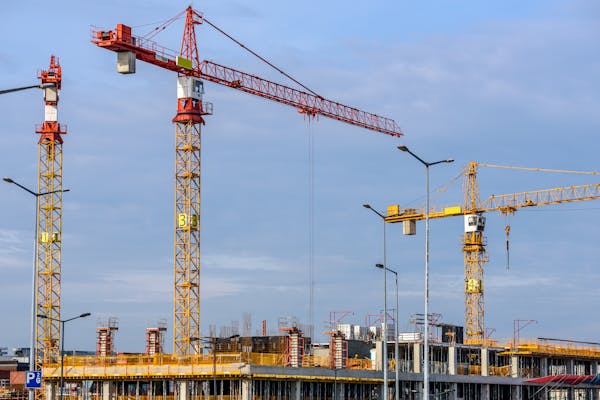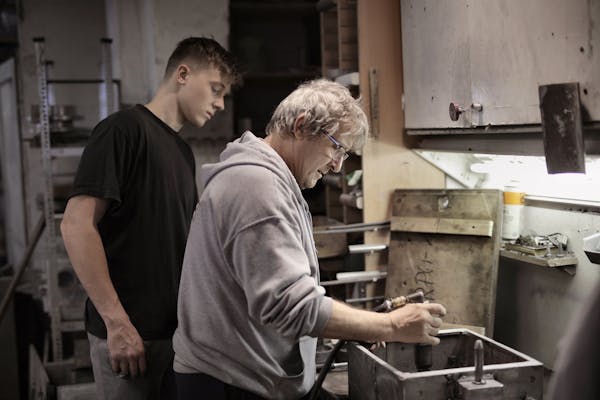Steel Detailers, Structural Engineers, and Building Contractors Prefer Steel Over Concrete
Structural steel is the choice of large building structural engineers, steel detailers and contractors over concrete for large building construction around the world. Because of its strength, durability and the flexibility it affords to designers, steel promises to remain in favor in the construction industry well into the future.
Structural steel comes from iron ore. Extracted from the earth, iron ore processing includes combining the iron with various other elements and materials that affect its durability and hardness to create steel. Initially heated at very high temperatures and poured into casts, steel mixtures create I-beams and other shapes for building construction purposes.
Based on architectural drawings, steel detailers work closely with steel fabricators, engineers, and general contractors to create detailed structural drawings that serve as the working blueprint for fabricators and steel erectors when constructing a buildings. Using advanced 3D steel drawing software technology, structural steel detailers develop models that serve to integrate the work of project professionals leading to maximum efficiency and minimum waste.
Steel and concrete are the primary materials used for the structural support of large residential, commercial, industrial buildings. Steel has many benefits over concrete in that it is has better strength to weight ratios than concrete. Concrete weighs much more in terms of total load than concrete. The lighter weight of steel creates taller and buildings that are not as heavy thereby eliminating the need for extensive foundations to support heavier materials such as concrete. Foundation space is particularly challenging in large cities where land is hard to find or where there is a lot of granite in the earth making it particularly difficult to excavate.
Because of steel’s lighter weight and the fact that it is fabricated specifically for a project, steel buildings are quicker to build than those supported by concrete. With efficiency of the design, fabrication, and erection processes of structural steel, construction productivity is enhanced which translates to lower construction costs in a world where time is money. Steel is generally less costly to produce than concrete as well, although the cost can fluctuate with market prices.
Of additional value is the aesthetic appeal of steel. The design of many modern buildings highlights the actual structure of the steel frame. Openness and addition space results without hiding the structure of a building behind walls and ceilings, created adding to the loftiness of interior space. Steel beams can also be painted or coated to compliment the design of the building and its decor. Finally, steel is also easier to dismantle than concrete and is more environmentally friendly it is easily and economically recycled.








